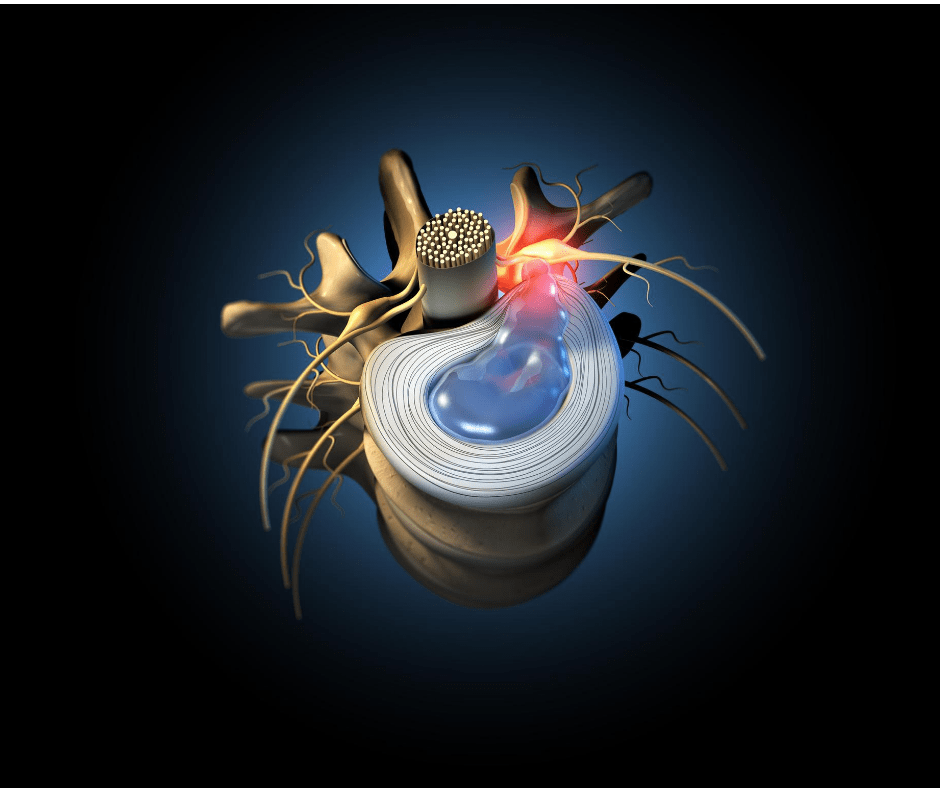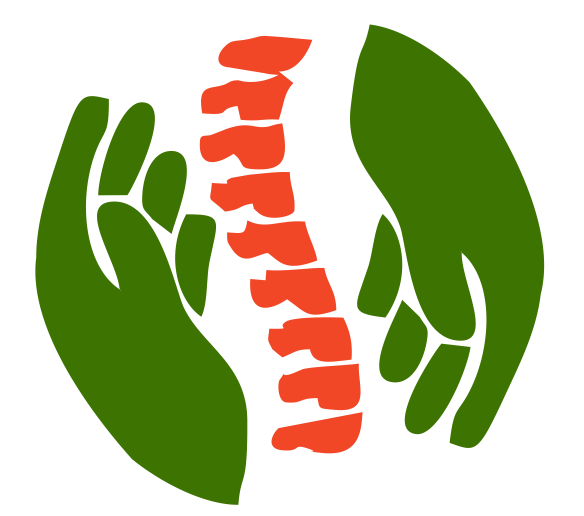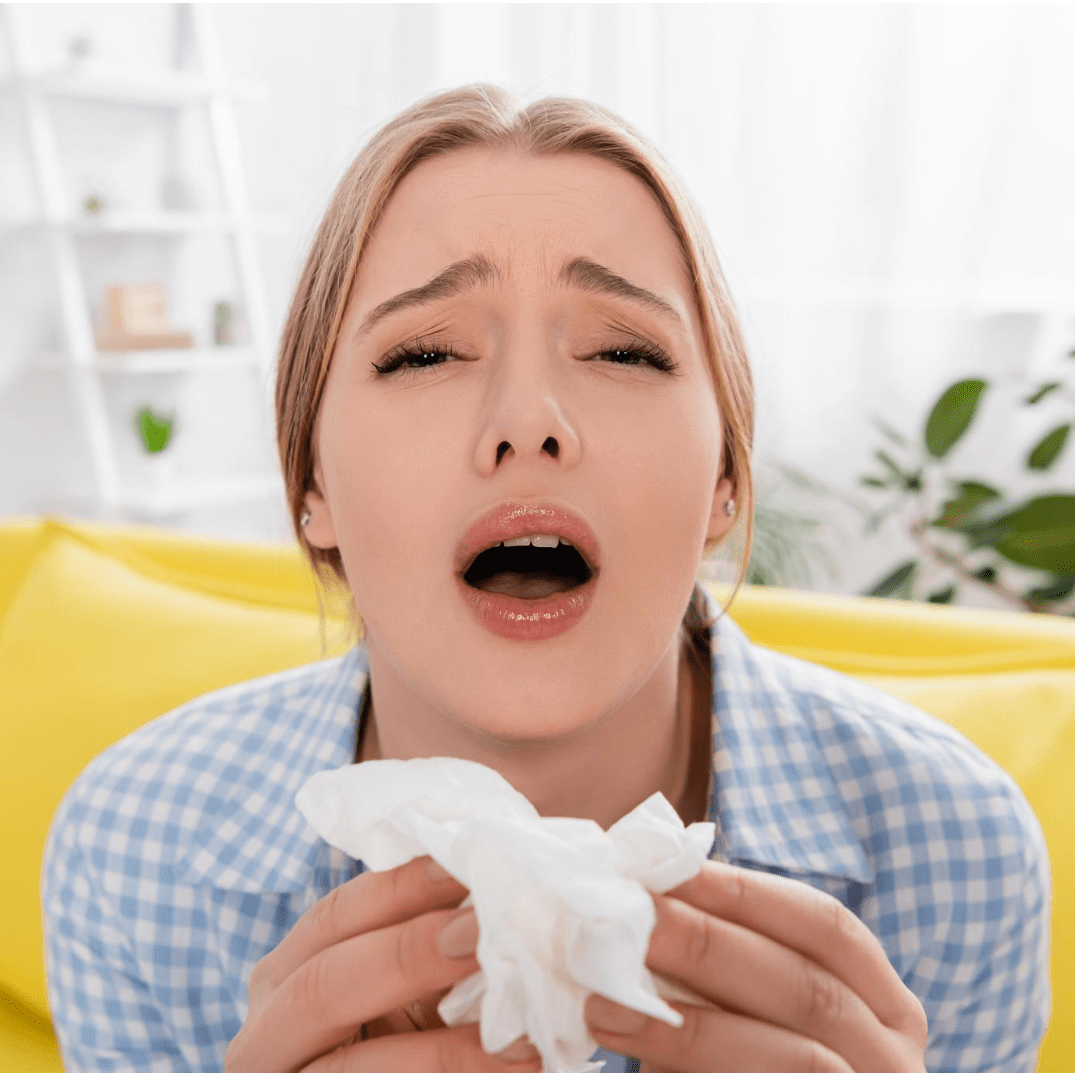How to heal herniated disc in lower back.

You have found the most complete resource on how to heal herniated disc in lower back. In this post, you will discover all the possible ways to get rid of torn disk in lower back , and get your life back into shape. Heal your body by using these alternatives.
herniated disc in lower back is a painful condition that can cause pain, numbness, weakness, and tingling sensations.
what is a herniated disc in lower back:
The spine is made up of vertebrae and in between two vertebrae, there is one soft cushion-like disk made up of a Jelly-like center called a nucleus covered with a rubber-like exterior part called the annulus.
In some condition, the inner part of the disk(nucleus)push out and make a bulge, and that bulge pressure on the outer part of the disk which is the annulus and it tear. this is called torn disk, ruptured disk. or a herniated disk (hernia – abnormal exit of tissue or an organ)
when it occurs in the lower back then it is herniated disc in lower back.
a herniated disc in lower back symptoms:
When a herniated disc in lower back is bulging out and press a nearby nerve, it results in pain, and the pain radiates along the length of the nerve.
A lumbar herniated disc gives leg pain along the sciatic nerve down the leg.
Nerve pain :
when a herniated disk bulges out and pinched a nearby nerve it gives pain to that body area where the nerve is spread.
The pain may be radiating, piercing, electric or sharp.
Neurological symptoms:
This type of pain includes tingling, pins, and needles, weakness, and numbness in body parts.
Lower back pain.;
Dull or throbbing, and may be accompanied by stiffness.
If the herniated disc gives lower back muscle spasm, the pain may be relieved with one or two days of rest,
applying heat therapy, sitting in a lumbar supported recliner, or lying flat on the back with a pillow under the knees.
Pain that worsens with movement:
When you are in prolonged standing or sitting, position or. A laugh, sneeze, or other sudden action may also intensify your pain.
Pain that worsens from hunching forward:
It is more like the above symptoms with little difference when you bend forward or in slouching or hunching forward position your leg pain is unbearable.
Foot drop:
In this type, you feel difficult to lift the foot when walking or standing a condition known as foot drop.
These are the main symptoms of herniated disks.
how to heal a herniated disc in lower back:
The first step of fixing herniated disk is
Diagnosis of a herniated disk.
During the physical checking, your doctor will examine your pain, muscle reflexes, sensation and muscle strength. he may also order tests such as:
- Magnetic resonance imaging (MRI): The most common and accurate imaging test for a suspected herniated disk.
- X-rays: Getting X-rays also helps to find out other causes of back pain.
- Computed tomography (CT scan): It shows the bones of your spine. it also helps to find out if Herniated disks moving into the space around your spinal cord and nerves? and is it pressing them?
- Myelogram: In the myelogram test, they give an injection of dye into your spine using X-ray guidance for a CT scan. The dye can show the narrowing of the spinal canal (spinal stenosis) and the proper location of your herniated disk at your spine.
- Electromyogram (EMG): In this test place small needles into various muscles and evaluate the function of nerves. It helps determine which nerve herniated disk affects.
how to heal herniated disc in lower back at home;
Rest:
Medication:
Pain relievers like ibuprofen or acetaminophen.
Heat and cold therapy:
A herniated disc in lower back treatment:
Medication to treat torn disk:
If you have a torn disk, your doctor may prescribe an anti-inflammatory pain reliever or muscle relaxant medication to help relieve pain such as ibuprofen or naproxen. These medications can be taken in pill form, either by mouth or by injection. They can also be administered through an epidural catheter, which is inserted into the back of the spine and delivered through a small needle in your back.
Physical therapy :
Physical therapy is the treatment of choice for most people suffering from back pain and chronic neck pain. As a part of your physical therapy routine, you’ll be given various exercises to do at home that will help relieve pressure on your nerves. and loosen tight muscles to improve blood circulation.
Spinal injections :
Spinal injections for torn disks are commonly used to treat the pain caused by disc herniations. These injections work by reducing swelling and inflammation of the nerve from the disk herniation.
Surgery :
A herniated disc in lower back surgery Must be the last alternate. when other treatments fail, surgery is an option.
But mostly 9 people out of 10 get better on their own over time or with nonsurgical treatment.
There are many surgical techniques for relieving pressure on the spinal cord and releasing pressure on pinched nerves, including:
Discectomy/microdiscectomy
A discectomy is a surgical procedure in which a herniated disc is removed from the lumbar spine. The most common surgical approach used for this surgery is called a microdiscectomy.
The most common surgical approach used for this surgery is called a microdiscectomy. In this procedure, a small opening in the back of the body called a “port,” is made and then drilled through it to remove part of the herniated disc. This type of surgery is also known as an interlaminar discectomy or endoscopic discectomy.
Laminectomy:
Laminectomy surgery is a surgical procedure used to remove part of the bone around a herniated disk and expand your spinal canal. The surgery is used to relieve pressure on the nerve roots that are in the spinal canal. Laminectomy is usually recommended if pain persists and there are no other options for treatment.
Artificial disk surgery:
The new method is a significant improvement over conventional and invasive surgical procedures. The artificial disk could be implanted through a minimally invasive route with minimal risks and recovery time, no infections, and decreased pain.
Spinal fusion surgery :
Spinal fusion surgery is a type of surgically assisted medical treatment. The procedure involves joining two or more vertebrae together to make your spine more stable.
How can I avoid getting a herniated disk?
It’s not always possible to prevent a herniated disk. But you can reduce your risk by:
Using proper lifting techniques.
Don’t bend at the waist. Bend your knees while keeping your back straight. Use your strong leg muscles to help support the load. Lifting heavy objects can be difficult. That is why it is important to use proper lifting techniques while you are doing your job. These techniques will help you lift without hurting yourself, or the object that you are lifting. Lifting with a straight back and bending at the waist is not recommended because it puts too much pressure on your back and causes chest pain. Instead, bend your knees when using these techniques
Maintaining a healthy weight.
Excess weight puts pressure on the lower back. Maintaining a healthy weight is a year-round battle, but there are ways to make it more manageable. One strategy is to learn how to walk in a way that takes the pressure off the lower back.
Practice good posture:
Practicing good posture is important for your health and it will help you avoid herniated disks. Here are some exercises to improve your posture. Stretching. It’s especially important to take stretching breaks if you often sit for long periods.
wearing high-heeled shoes:
Avoid wearing High-heel shoes this type of shoe throws your spine out of alignment.
Exercising regularly:
Focus on workouts that strengthen your back and abdomen muscles to support your spine.
Stopping smoking:
Smoking can cause herniated disks and this is why it is important to be aware of the risk factors associated with smoking.



